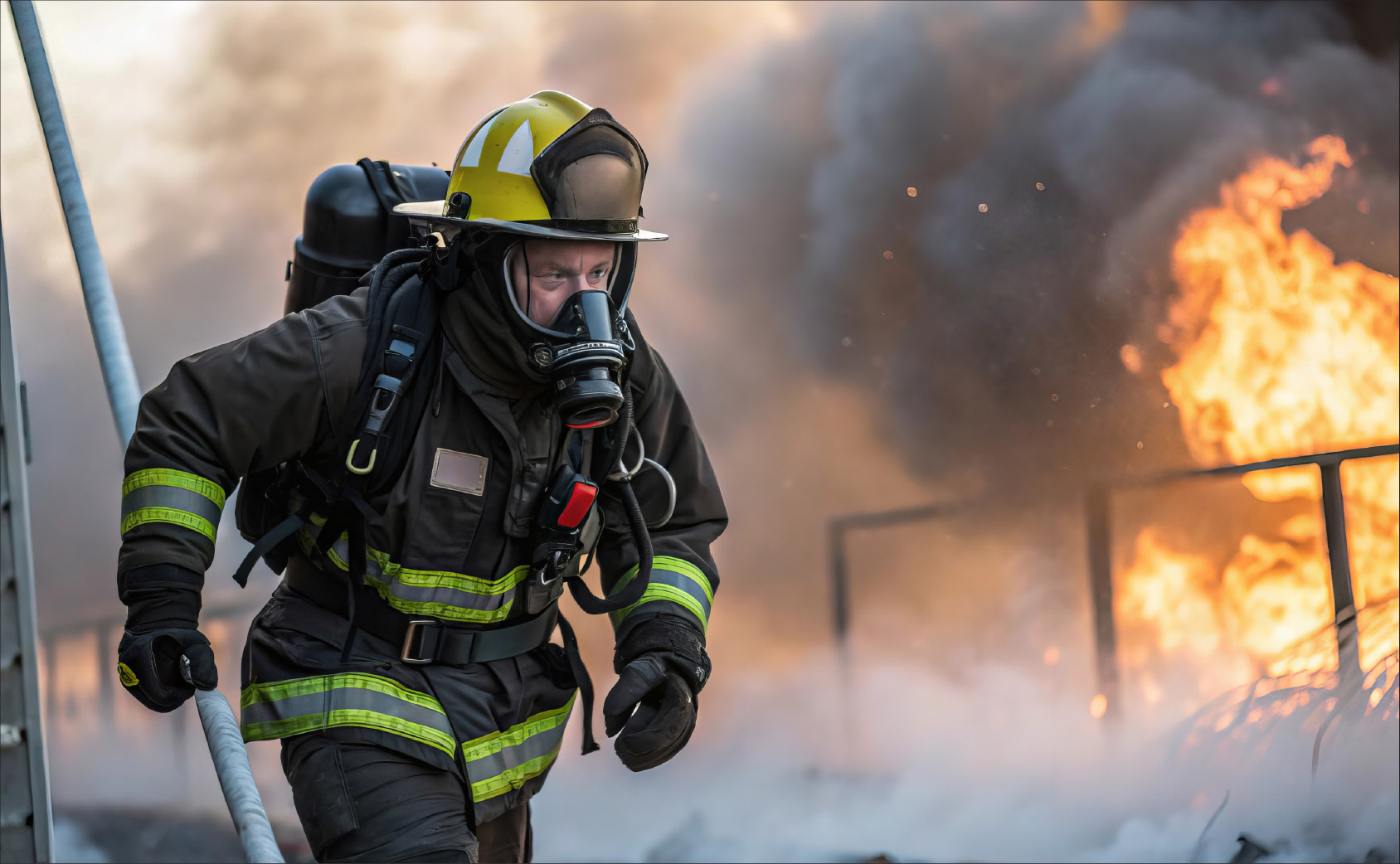Private Sector Investments in Fire-Resistant Fabrics and PPE Boost the U.S. Firefighting Clothing Industry

The U.S. firefighting clothing market is experiencing significant growth, driven by the increasing emphasis on fire safety initiatives in the private sector, evolving regulatory standards, and rapid advancements in fire protection technology. The prevalence of fire hazards in industrial, commercial, and manufacturing environments has heightened the demand for durable, flame-resistant protective wear. According to the National Fire Protection Association (NFPA), there are over 37,000 industrial fire incidents reported annually, resulting in property damages exceeding $1 billion. This alarming statistic has prompted critical industries, including oil and gas, chemical processing, automotive, and warehousing, to bolster their investments in advanced firefighting gear and cutting-edge fire prevention systems, thereby minimizing operational disruptions and financial losses.
U.S. Firefighting clothing market was valued at USD 13,291 million in 2024 and is estimated to reach a value of USD 41,071 million by 2032 with a CAGR of 15.6% during the forecast period 2026-2032.
As safety awareness continues to rise, private enterprises are increasingly implementing IoT-enabled suppression systems, automated fire detection, and smart monitoring technologies. These innovations work hand-in-hand with the growing use of fire-resistant fabrics, flame-retardant coatings, and next-generation personal protective equipment (PPE) across various industrial sectors. The U.S. firefighting clothing market stands to benefit directly from these advancements, as organizations prioritize NFPA and OSHA-compliant gear that ensures both heat protection and chemical resistance. Compliance requirements have prompted industries to modernize their safety infrastructure, investing in upgraded fire suppression systems, employee safety training, and secure handling of hazardous materials to effectively mitigate fire risks.
In 2023, the U.S. fire protection systems sector was valued at over $25 billion, with projections indicating a compound annual growth rate (CAGR) of 7% through 2030. This upward trend aligns with the increasing adoption of AI-powered fire detection solutions, wireless alarm systems, and automated sprinklers, which in turn raise the standards for firefighting apparel. Businesses are further strengthening their internal fire brigades to ensure rapid emergency response, thus amplifying the demand for advanced firefighting uniforms and protective gear.
Insurance providers are enhancing this trend by offering premium discounts to companies that maintain robust fire prevention frameworks. As industries prioritize worker safety and asset protection, the private sector is driving significant growth within the U.S. firefighting clothing market. The integration of AI-driven risk assessment tools, intelligent fire response systems, and high-performance protective materials is paving the way for a safer and more resilient industrial landscape.
Demand for firefighting apparel varies significantly across U.S. states due to a combination of factors: wildfire incidence, urban density, industrial zones, fire department infrastructure, state budgets, regulatory pressure, and state-level health & safety initiatives. In states like California, Texas, and Florida, demand is disproportionately high because they experience frequent, large-scale wildland and structural fire events, maintain large numbers of fire stations, and invest heavily in replacement and enhanced turnout gear. California, in particular, sees recurring wildfire seasons, leading to both structural and wildland gear procurement surges.
In the Western states (California, Oregon, Washington, Arizona, Colorado), wildland interface fires impose heavy wear on protective clothing, driving demand for both structural and wildland gear sets. During peak fire seasons, these states often procure additional volumes or preposition reserves, boosting demand beyond their usual annual replacement levels. Mountain and forest states like Montana, Idaho, and Nevada also show demand surges in years with severe fire seasons, though their baseline demand is lower due to sparser population.